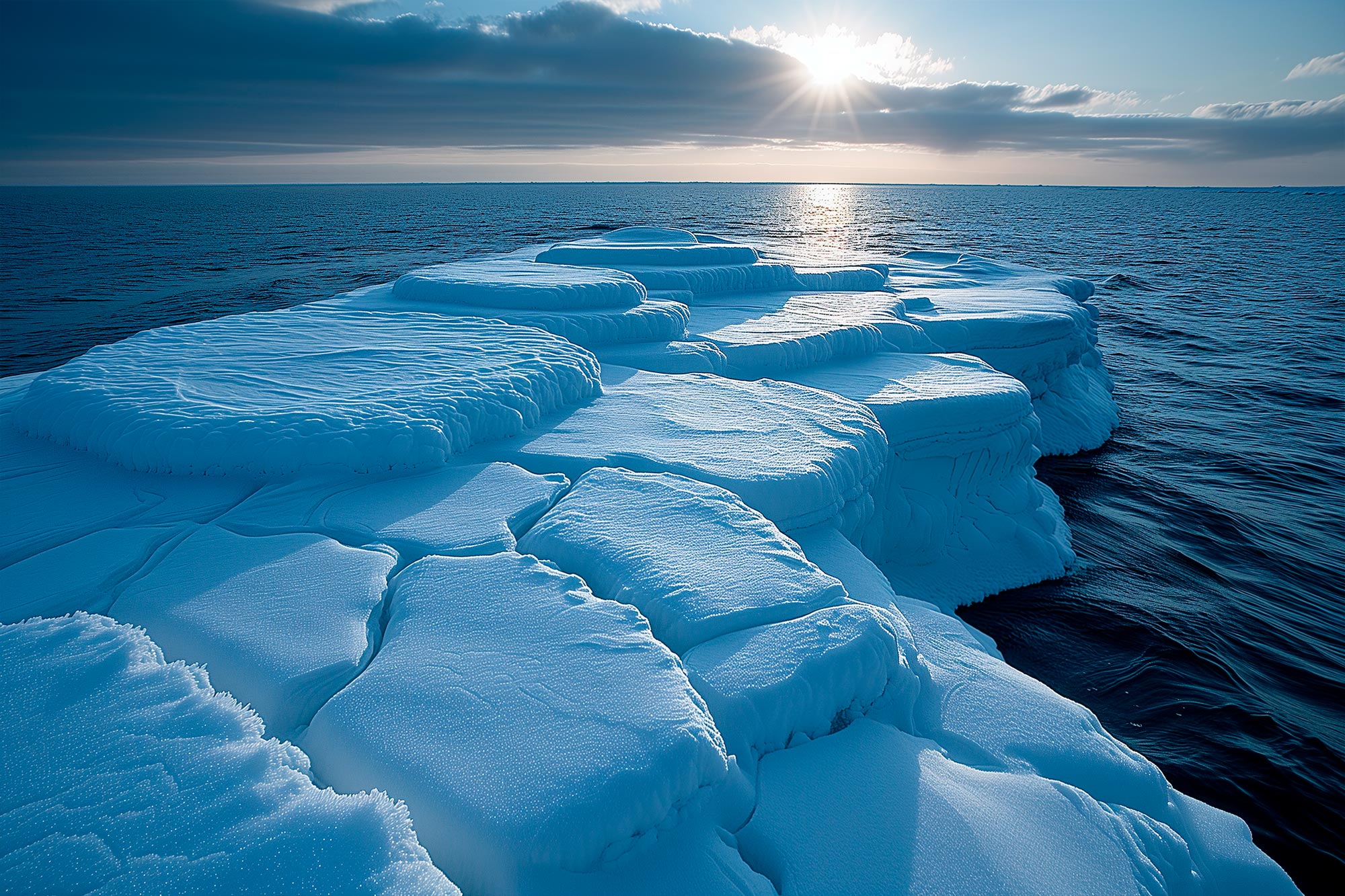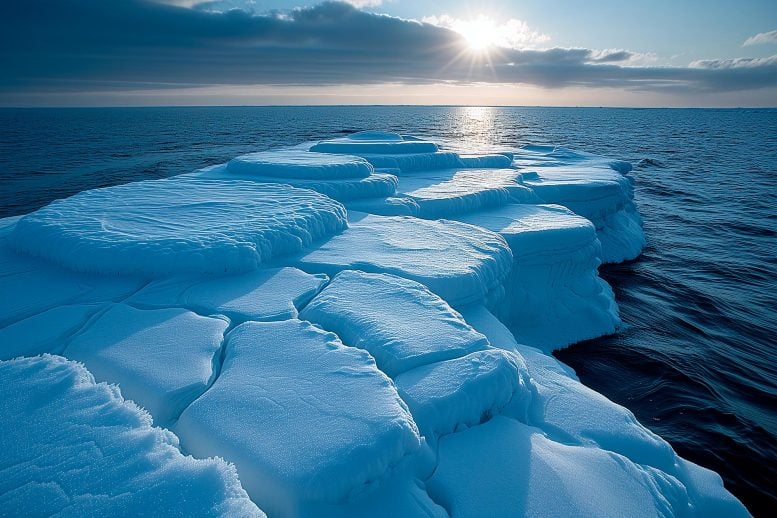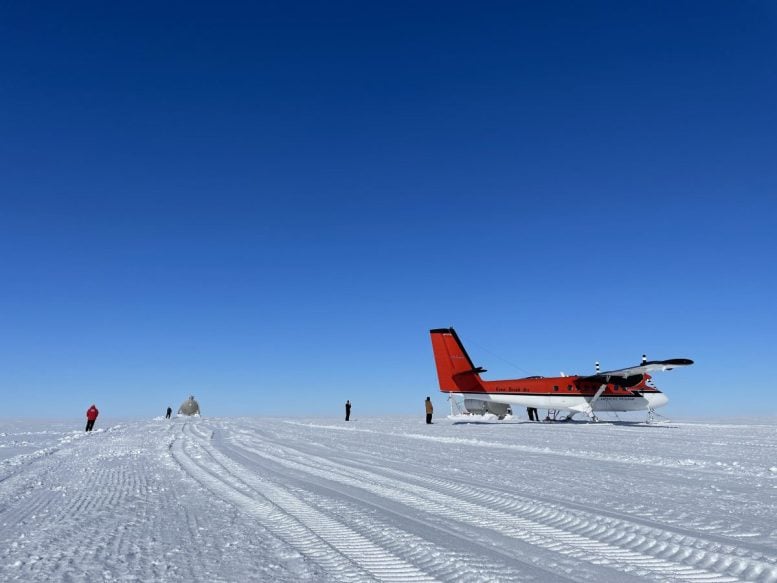

A 2023 study highlighted unexpected extreme cold events in Antarctica during a year of global heat records, emphasizing the need to understand such atmospheric anomalies for improved operational safety in the region. Credit: SciTechDaily.com
A 2023 study documented unprecedented cold spells in Antarctica, contrasting sharply with global heat records and underscoring the complexity of climate patterns.
2023 was marked by record-breaking global temperatures, but it also witnessed unusual extreme cold events in Antarctica. A recent study published in Advances in Atmospheric Sciences highlights the intense cold spells that occurred on the continent during the late winter months of July and August.
In a detailed examination of the late winter months of 2023, researchers observed extreme cold temperatures across a broad region of Antarctica.
“Record cold temperatures were observed in our Automatic Weather Stations (AWS) network as well as other locations around the region,” said Matthew A. Lazzara of the Antarctic Meteorological Research and Data Center at the University of Wisconsin-Madison (UW-Madison). “These phases were marked by new record low temperatures recorded at both staffed and automatic weather stations, spanning East Antarctica, the Ross Ice Shelf, and West Antarctica to the Antarctic Peninsula.”

The United States Antarctic Program fuel cache in the middle of the Ross Ice Shelf, located off the South Pole Traverse Road that connects McMurdo Station to South Pole Station. Credit: Picture taken 19 Dec 2023 by David Mikolajczyk
“The highest point, Kunlun Station, recorded its lowest temperature ever observed at -79.4°C, which was about 5°C lower than the monthly average,” added Prof. Minghu Ding from State Key Laboratory of Severe Weather at the Chinese Academy of Meteorological Sciences. “Interestingly, at the same time, record-breaking high temperatures were occurring in South America, which is relatively close to Antarctica.”
In Chile, temperatures soared close to 40°C (104°F), while Rio de Janeiro broke a 117-year-old heat record.
Analyzing Cold Phases
So what did the researchers find out? Is Antarctica sending mixed climate messages?
The study identified four distinct cold phases from mid-July to the end of August 2023.
An analysis of 500-hPa geopotential height anomalies revealed strong negative anomalies in August 2023. This mid-tropospheric atmospheric environment played a crucial role in the observed extreme cold temperatures. The research suggests that both southerly flows from the continent and calm atmospheric conditions contributed to these cold spells.
With temperatures plummeting below -50°C, essential flight operations to key research stations were severely disrupted. These temperatures risked hydraulic failure and fuel gelling in aircraft, rendering safe flights impossible.
“These extreme cold events were unprecedented and had significant operational impacts,” said David E. Mikolajczyk, the corresponding author of the study. “Understanding these conditions helps us better prepare for future challenges in Antarctic logistics.”
This study, conducted by a team of international scientists, underscores the importance of understanding atmospheric environments that lead to extreme cold temperatures. Their findings are vital for improving the safety and efficiency of Antarctic operations.
AWS observations from the UW Madison Antarctic Meteorological Research and Data Center (AMRDC) AWS program and State Key Laboratory of Severe Weather AWS program were primarily used for event analysis.
Reference: “Extreme Antarctic Cold of Late Winter 2023” by Anastasia J. Tomanek, David E. Mikolajczyk, Matthew A. Lazzara, Stefano Di Battista, Minghu Ding, Mariana Fontolan Litell, David H. Bromwich, Taylor P. Norton, Linda M. Keller and Lee J. Welhouse, 13 June 2024, Advances in Atmospheric Sciences.
DOI: 10.1007/s00376-024-4139-1